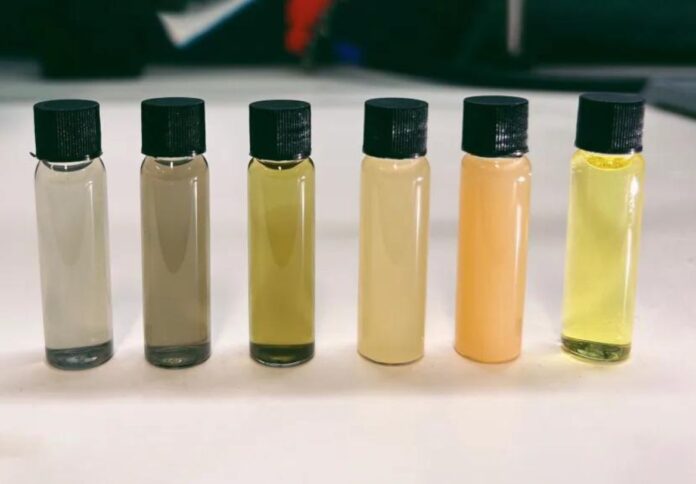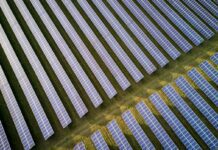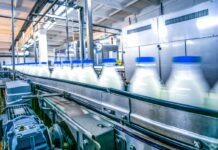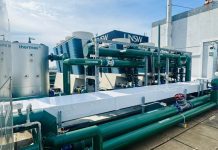
Scientists from the University of Melbourne have published new research that looked into the potential role of building coatings that use nanoparticles in reducing the world’s reliance on energy production by adjusting the amount of radiation that can pass through them.
The study, published in the Royal Society of Chemistry’s Journal of Materials Chemistry A, found that these inks could be used to develop building coatings capable of passive heating and cooling, reducing the need for energy creation to regulate environments.
In an article, one of the researchers of the study and a research fellow at the University of Melbourne, Dr Mohammad Taha, said engineering inks to respond to the surroundings not only reduces energy expenditure but also negates the need for auxiliary control systems to adjust temperatures, such as air conditioning or gas heating.
Earlier research looked into one of the material components of “phase change materials,” vanadium oxide, as it uses triggers, like heat or electricity, to create enough energy to transform itself under stress.
Taha explained that vanadium oxides are highly promising materials for heat retardant coatings as the materials undergo insulator-to-metal transition, acting as a switch and blocking heat beyond a particular temperature.
Taha said the team’s printable material is a proof-of-concept that can be laminated, sprayed, or added to paints and building materials.
The material can also be incorporated with large-scale, flexible electronic devices, or mixed into clothing to regulate body temperature in extreme environments.
“The potential of this material is huge as it can be used for so many different purposes, like preventing heat build-up in laptop electronics or protecting car windshields,” Taha said in his article. “But the beauty of this material is that we can adjust its heat absorption properties to suit our needs. For instance, we can raise the IMT to keep greenhouses warm, or set it to room temperature to keep our houses comfortable.”
Proponents of the study are looking forward to taking the patented material into production, which will be affordable and simple, according to Taha.
“It removes the previous restrictions on applying these inks on a large scale cheaply – this means we can easily retrofit existing structures and building materials. With manufacturing interest, it’s likely to take five to 10 years to reach market,” Taha said.




















